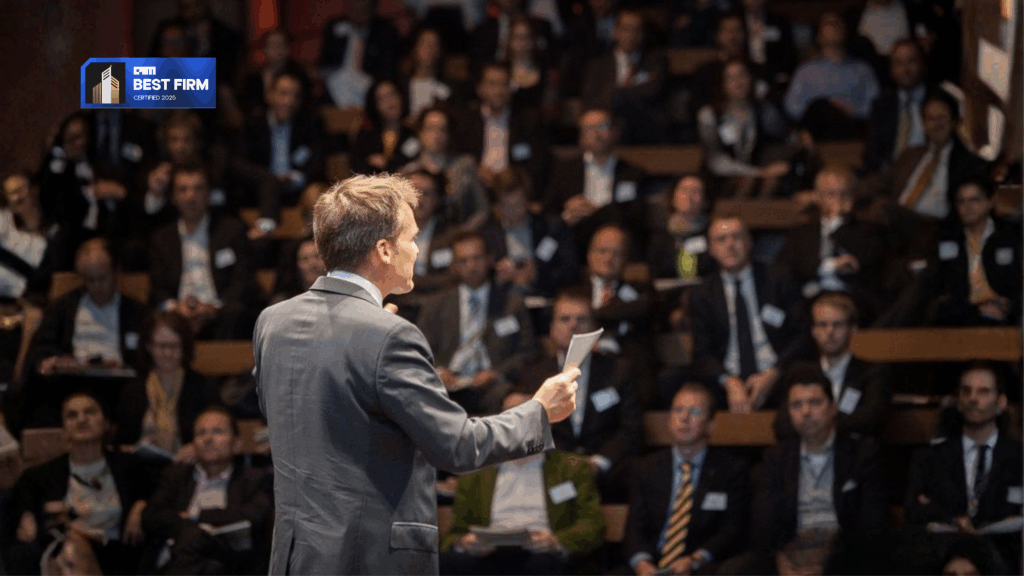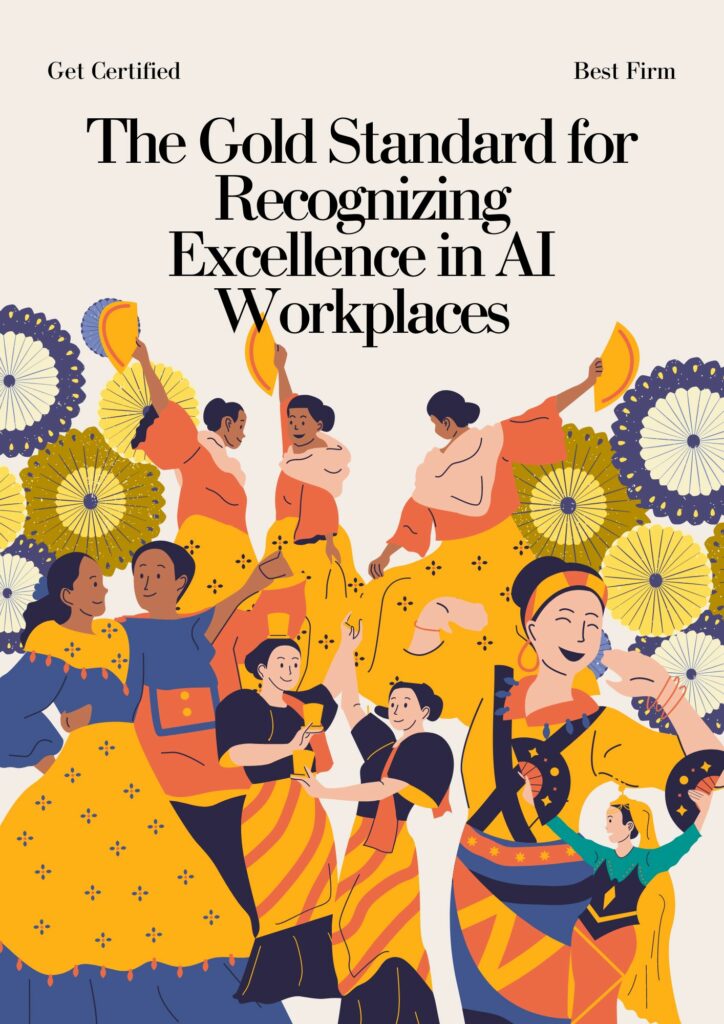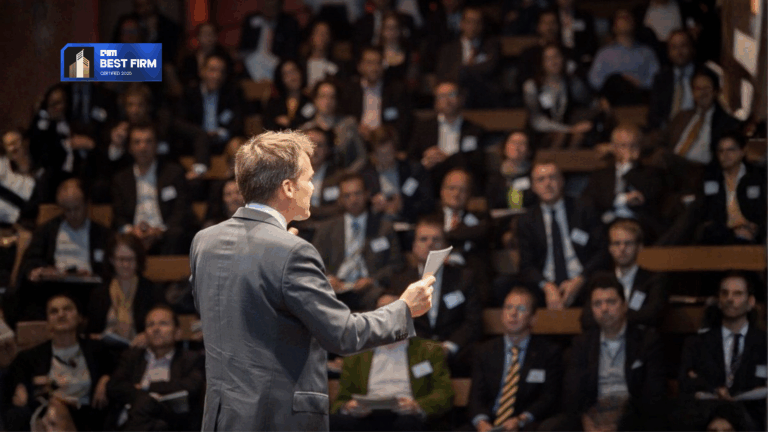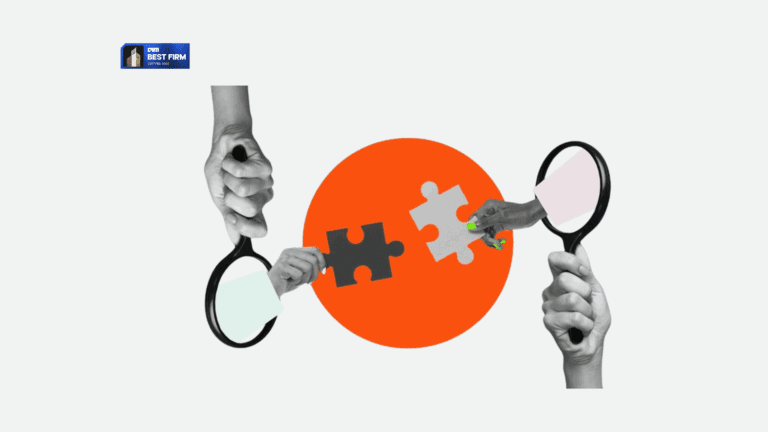In 2025, organisations can no longer treat artificial intelligence (AI) as a peripheral tool. Hybrid teams, where humans and AI operate side by side, are quickly becoming the standard across various industries. A recent article in The Economic Times HR notes that “leaders must balance human skills with AI fluency” and that ethical accountability remains central.
The shift is not merely operational; it’s strategic. Leaders must understand human-machine interaction, redesign workflows, and ensure that humans remain in the loop. Failure to do so means risking disengagement, inefficiency, and ethical exposure.
Rethinking Leadership in the Human–Machine Era
The modern workplace has been transformed not just by technology but by how work is organised. AI is no longer confined to mundane tasks; it now contributes to decision-making, prediction and creative support.
According to one report, 91 % of businesses now use at least one AI technology in 2025, and 58 % of employees report regular use of AI tools at work. Meanwhile, a study by Signal AI found that turnover increased by 34 % in teams where AI agents handled more than half the tasks, illustrating how rapid automation without human-task redesign causes friction.
The implication for leadership is clear: It’s no longer simply about managing people, it’s about orchestrating workflows where humans and machines have distinct but interdependent roles. Leaders must clarify: Who decides? When does human intervention override machine output? How is responsibility shared?
Essential Competencies for Leading Hybrid Teams
Leading hybrid teams requires a fusion of traditional leadership attributes and a new set of technical-fluency muscles. The ET article argues that “the fundamentals of leadership have not disappeared. In fact, they matter more than ever.”
Here are four key areas of focus:
- Emotional intelligence and inclusion. As machines take on more tasks, human workers may feel sidelined or uncertain about their value. Leaders must communicate clearly how human judgement, creativity and influence remain central.
- Technical comprehension. Leaders don’t need to become data scientists, but they must know what the machine can and cannot do. For example: “Leaders don’t need to code, but they must know what AI can and cannot do, the assumptions behind a model, and where bias might creep in.” ETHRWorld.com Without this, leaders lose credibility and risk mis‐managing the human–machine dynamic.
- Transparent communication. Employees must understand the purpose of AI, the boundaries of its decisions and their own role. One Microsoft report notes that automating routine tasks freed human time for “focused execution and deep work”. Clarity in role redesign builds trust.
- Ethical oversight. AI systems embedded into operations introduce questions of bias, governance and decision rights. A recent World Economic Forum piece emphasises that AI creates lasting business value only when it increases organisational resilience rather than just efficiency. Leaders must clearly map responsibility, audit systems, and embed ethical guard-rails.
Practical Steps for Implementation
Moving from vision to execution means structured action. The ET article outlines essential starting points. To succeed, leaders should:
- Begin with pilot projects. Select defined processes for AI augmentation, reporting, scheduling, data screening, and monitor human–machine interplay results. This builds confidence and reveals workflow issues.
- Invest in ongoing training. Technology alone will not shift work patterns. Reports show that although AI adoption is widespread, many companies still struggle to fully scale it because human training and workflow redesign lag. Staff must learn to work with AI, not simply after it.
- Redesign workflows for collaboration. AI can handle high-volume, predictable tasks. Humans must reclaim tasks requiring situational judgement, creativity or empathy. One field experiment found human–AI teams were 60 % more productive when machines handled editing, freeing humans for higher-value work.
- Redefine performance metrics. Traditional metrics of individual output will not suffice. Organisations must measure the combined effectiveness of human-machine collaboration: accuracy, speed, oversight, human satisfaction.
- Embed clear accountability and ethical frameworks. AI may automate tasks, but humans must remain responsible for outcomes. Establish clear governance: who verifies machine decisions, how errors are handled, how bias is mitigated.
- Communicate role changes and purpose clearly. Many organisations report uncertainty among employees about AI’s impact on their roles. One company found that unclear role shifts led to turnover despite technology promising gains. Signal AI Leaders must help employees understand what stays human, what becomes machine-assisted, and how value shifts.
Why This Matters Now
The era of hybrid human–AI teams is not merely about deploying technology—it is about redefining what work means and how leadership adapts. Leaders who treat AI integration as a technology project alone will fail. Instead, success lies in viewing it as a work redesign challenge where human judgement, teamwork and accountability remain central. As the Economic Times HR piece warns: leaders must balance human skills with machine capabilities and brace for new ethical and workflow dilemmas.
In 2025, leadership is not measured by how many tools you adopt, it is measured by how well you integrate machines into human workflows without diluting trust, clarity or human value. The machines may process data faster but humans still decide direction, context and consequence. Leaders who realise this will build teams that are not just efficient, but resilient, agile and human-centred.










